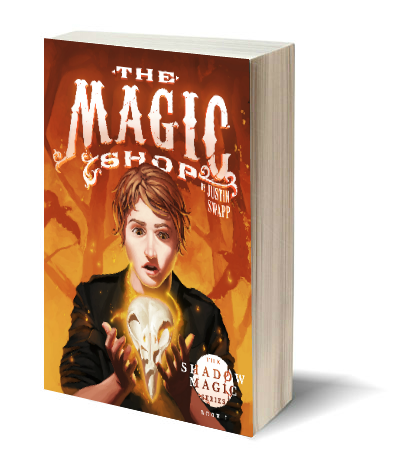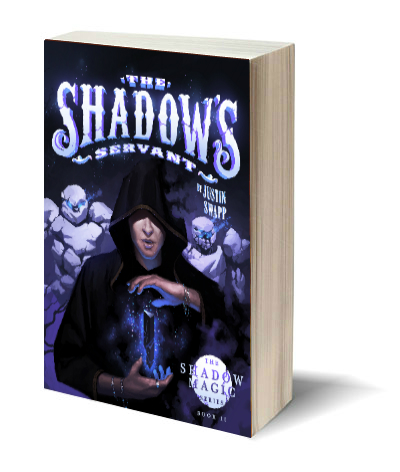Story Grid
If you’re a writer, you might have heard of The Story Grid. I originally discovered this book and its author, Shawn Coyne, via a wonderful podcast that I’ve been listening to for over a year now. I’ve been so impressed by Shawn Coyne and what he’s shared with everyone on Tim Grahl’s journey, that I decided to create a Story Grid Scrivener template (click here for the Scrivener 2 version. *Open a new document, import the file, and save as a template) It was partly for me, as I want to use this methodology more faithfully in my own writing going forward, and partly for the community—a way to give back, too, as there seems to be an altruistic vein to Shawn and his mission to help people bring better books into the world.
The Story Grid Scrivener Template
I thought about going into some level of detail regarding the Story Grid storytelling methodology, but I put some of that in the template (in addition to the actual manuscript formatting etc.,) and ultimately, you should get the book, listen to the podcast, and visit their website to truly get the most out of all the content that Shawn Coyne and Time Grahl have put together for the writing community. It’s excellent advice, and there are tons of resources.
The Story Grid Scrivener template gives you some of the Story Grid methodologies in a few bite-sized chunks, each with a link back to the Story Grid website where you can deep dive into all their content.
The Story Grid Scrivener template formats the skeleton of your manuscript in the Beginning Hook, Middle Build, and Ending Payoff format, and has the 15 most important scenes files for you move into your chapters and scenes as you see fit. This forms the spine of your story’s skeleton.
The five commandments of writing a scene and of storytelling are in there, too. Each Scrivener corkboard card has that outline built into it.
As you familiarize yourself with The Story Grid, you’ll soon find that there is a whole methodology to how your book should track and flow. This has to do with value shifts that keep the story interesting, and the reader engrossed in your story. Shawn tracks these in a spreadsheet, and once you get a look at it, it can be kind of intimidating. I figured out how to do the same thing, or pretty close, with Scrivener’s metadata. With this template, you can merely click on the metadata field in the outlier or in the sidebar and input the values for each of the fields. Check out the screenshots below, and enjoy!














